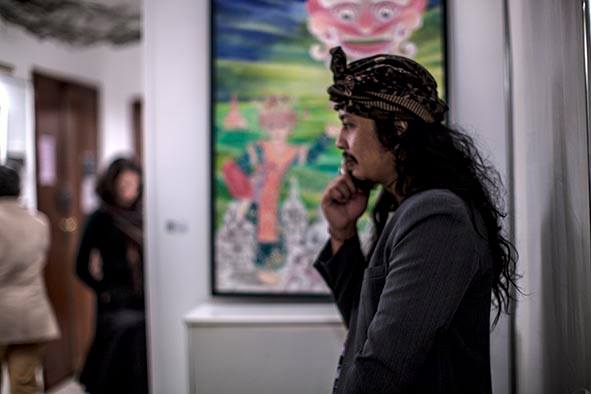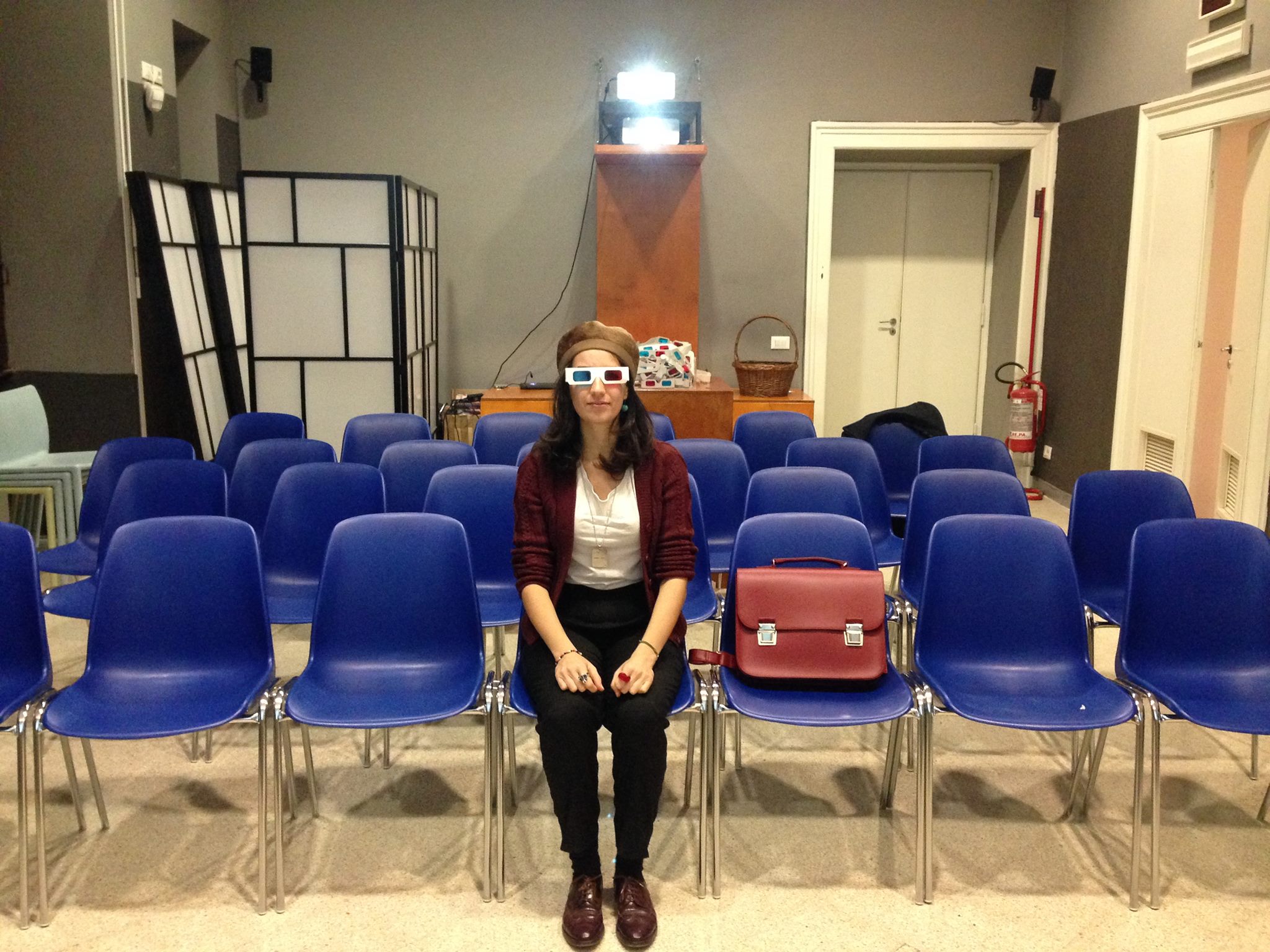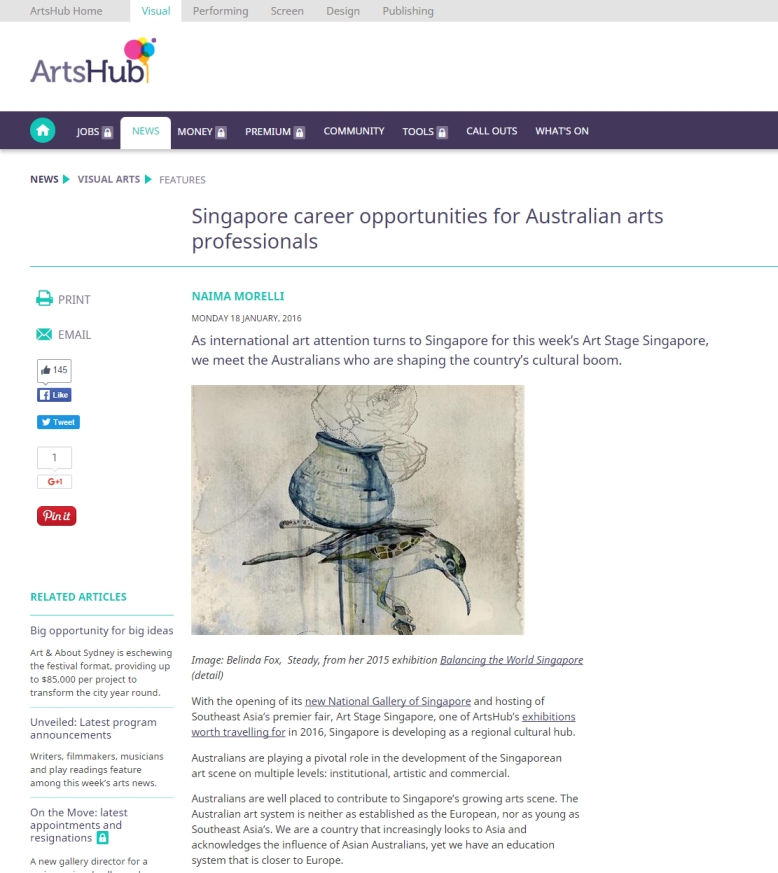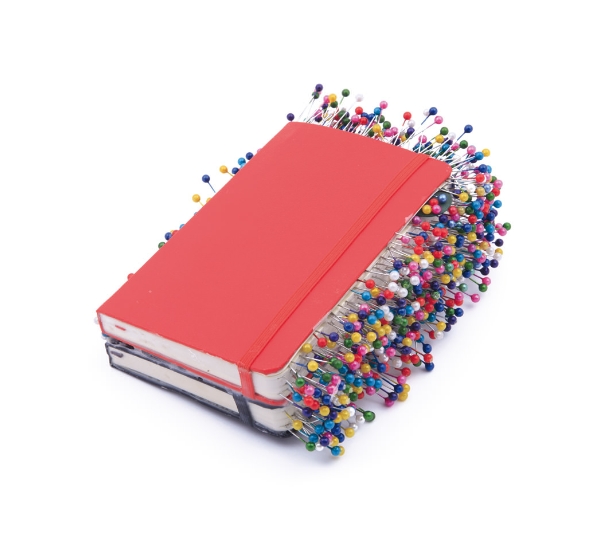
Yesterday was the opening night of the show “Attualità Indonesiane” at Il Ramo D’Oro in Naples, Italy, featuring artists Balinese artists Made Bayak, Gede Suanda and Naples-based Setyo Mardiyantoro. It was a successful and interesting night where people from many different background come together to learn about art making in Indonesia and the value of art in helping to grow awareness. The interesting thing about il Ramo D’Oro is its non-elitist approach. Gallerist Vincenzo Montella doesn’t want his space to be accessible only by vernissage hoppers, but rather to people from every walk of life.

I’m happy to announce my new collaboration with CoBo as a writer on Indonesian contemporary art. Cobo is an Hong Kong-based webmagazine and dynamic community platform – bilingual English and Chinese – with the image of the collector at its core and a focus on contemporary art, especially from Asia-Pacific area.
My first piece for CoBo is an interview with the Basel-based Indonesian artist Eddie Hara, a great friend and a badass artist, who was represented by two galleries at Art Stage Singapore. Eddie Hara is known in the art world for his irreverence and playfulness and his painting style is extremely popular among the younger generation of Indonesian artists. Thus I decided to title the piece “the Punk Uncle of Indonesian Contemporary Art”.
In the interview Eddie Hara opens up about the decision that compelled him to move to Switzerland. He also recalls his decision – radical at the time – to study art, consequentially facing his family’s opposition. He talks about the comrades from the early days, who are now big names in the art world. From Heri Dono “he knows everything about my life”, to Mella Jaarsma and Nindityo Adipurnomo.
Here’s the link to the piece
_

Who would ever expect to find a technology wonderland right in the heart of the Villa Torlonia, Rome? Learning through play is the motto of Technotown, a building dedicated to children and teenagers to experiment with technology, nature and creativity.
Technotown consists in nine rooms equipped with different technologies, from Lego Mindstorms to the first plant ever to have a twitter profile. In this place children are no longer approaching technology in a mindless and lazy way. They are rather using it to imagine a sustainable future and developing new ideas.
I visited the place for a video report for the news agency Teenpress, guided by Technotown’s manager Gabriele Catanzaro. It has been a blast of energy and excitement. Technotown is the sort of place which reinforces my hopes for a better future. In their own little world, Technotown is forging a new generation of lateral thinkers and innovators. It’s a thing of beauty! And now for the video…
Read More
Welcome to another installment of my series on artist studio visits. This time we are peeking into the working space of Singapore artist Robert Zhao Renhui at Goodman Arts Centre. In the course of my reportage in Singapore I became familiar with this studio cluster, as many of the most prominent local artists are operating from here.
I find Robert’s studio pretty amazing. It is filled with the most strange objects and books related to science, biology and animals – included cushions shaped like kittens. If you are familiar with Robert Zhao artist practice, you will know he operates under the name of the fictional The Institute of Critical Zoologist. His work is all about developing a critical approach to the zoological gaze. This involves playing around with the believes of the viewer and acceptance of truths. Robert’s recent projects consider the increasingly ill-defined boundaries between the natural and the man-made.
Robert’s studio shows that zoology for the artist is not merely the subject of his work, but a real obsession. He demonstrates the theory of my friend curator Donato: “At the end of the day artist are people with single-minded obsession.”
Read More
Australian magazine ArtsHub has just published my latest piece where I profile three Australian art professionals who are leaving their mark on the Singapore art scene. These are Ben Hampe, co-founder of Chan Hampe Galleries, Bala Starr from the Institute of Contemporary Arts Singapore at LASALLE and artist Belinda Fox. This piece is part of my reportage on contemporary art in Singapore.
Read More
I’m a big fan of reading how writers organize their research and how they put their books together. I figured it would be interesting to detail the way I’m working at my new book on young artists in Singapore. In this post I’ll walk you through the first few stages from the preliminary research to the first draft.
First phase: preliminary research. I read articles about Singapore art scene and books on Singapore urbanism, political and economical situation. I interviewed Lee Wen when he was in Rome, I met up with Italian artists who went to Singapore on a residency, and talked to a couple of Singaporean curators visiting Italy, included Paul Khoo. I stayed two weeks in Paris for the Singapour en France event, composed by the Paris Art Fair and the exhibition “Secret Archipelago”. In both case I interviewed artists, curators and gallery owners. Back home, I talked with via skype to other Singaporean artists, mainly for magazine articles. Finally, I went to Milan to visit the exhibition “Bright S’pore” at Primo Marella gallery and saw some works in person.
Read More
My series on studio visits is finally back! During my reportage in Singapore I had the chance to snoop around the working and sometimes also living space of local artists. First up is a wonderful Italian artist who now calls the Lion City home: Giada Tagliamonte aka Zada Tagli. Her work is delicate and poetic, and although she’s inspired by eminent figures of Italian culture, such as Giotto and Umberto Eco, the imaginary she evokes is really universal. You will soon read my interview to her, which I realized in November – but for now I’ll let the images speak for themselves.

This is a public service announcement (with guitar! As the Clash would say); I’m working on a new book. It will revolve around my research on contemporary art in Singapore and will explore some concepts I started looking at in my previous book, Arte Contemporanea in Indonesia, un’introduzione.
Of course, having a second “baby” might look easier if you already had that kind of experience. But a second book comes with its new challenges. On top of that, I also had an aborted book which still is very much a looming presence. (Should we stop once and for all with these stupid baby metaphors when talking about book projects?)
Read More
Twenty-fifteen has been an intense year full of cheerfulness, discovery and adventure – I feel I learned so much! For starters I reconquered Rome, which I re-elected as my base (I keep on saying “for the time being”, but truth is, I’m in love with this city). Since I installed in my bedroom in San Lorenzo – the left-leaning, working-class neighborhood of Rome – I felt a new chapter of my life had started.

When I chose to become a freelance journalist, the possibility of working from everywhere was extremely luring. And I experimented a little with it, especially that couple of years that I was based first in Melbourne, Australia, and then going back and forth between Rome and Sorrento every two weeks. I quickly found out that what I pictured as total freedom, actually required an unusual amount of discipline.
In this piece for ArtsHub I interviewed absolute experts on location independency: writers Shannon O’Donnel of A Little Adrift, Jeannie Mark of Nomadic Chick and artist Veronica Kent. In this sense writing for ArtsHub is fantastic because it gives me the chance to go around and ask questions on matters that I feel pressing. And being a full-time digital nomad is still something I give a lot of thought to.
Read More
Naples in December is possibly even more stunning and lively than normal, and walking from the train station to the Università degli Studi di Napoli L’Orientale in the winter sun has been truly a gift. Likewise, it has been a gift to have the chance to introduce contemporary art in Indonesia to the students in a seminar organized by Prof. Antonia Soriente. Prof. Soriente is a wonderful and inspiring women who is having a fundamental role in introducing Indonesian literature and culture to Italy, both with her work in the university and projects like translation of books. I was really honoured to be invited to her course.
The audience was great and there have been a lot of interesting questions popping up at the end of the lecture. Students were asking about the relationship of Indonesia with western art and eastern art, landscape painting and Mooi Indie, what role Islam is having in the contemporary art scene and also inquiring about the best way to approach contemporary art in general – as many of them are new to it. I deeply enjoyed engaging with students, as for me it’s always a chance to share and reflect, and most importantly being part of someone’s experience. With every single thing you do, you’re able to have an impact, however small it is – and you can learn so much through discussion! And now a few pics from the presentation…
Read More




